One Identity Across Salesforce.com and Mulesoft

Today, I’m going to show you how to plug Okta into a Force.com application (along with Mulesoft’s API gateway) using the OpenID Connect protocol (aka ‘OIDC’). By the end of this tutorial, your Force.com application will have user authentication backed by Okta and will be able to securely call your backend APIs through Mulesoft’s API gateway. Sound good? Let’s get to it! What’s Force.com? Force.com is Salesforce’s Platform-as-a-Service (aka ‘PaaS’) which allows you to develop...
A Beginner's Guide to JWTs
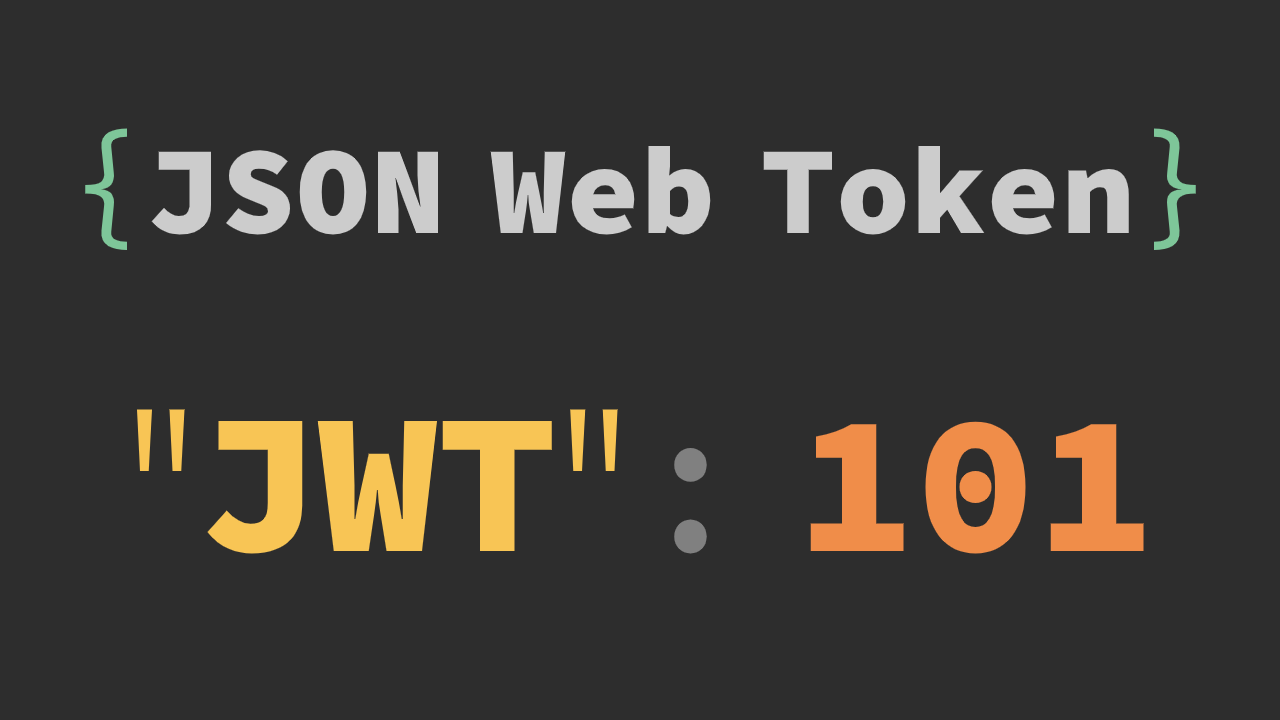
JSON Web Tokens (JWT) are used everywhere (even places they shouldn’t be). This post will cover the basics of what you need to know about JWT and the related specifications in the Javascript Object Signing and Encryption (JOSE) family. JWT is pronounced "jot". Table of Contents What is a JWT? How JWTs Are Used JWT Structure JWT Claims JWT Header JWT Signature Problems with JWTs Learn More About JWT What is a JWT? A JWT...
How to Use WebAuthn in C#

Nowadays, using a password for authentication is becoming less and less secure. Password attacks are becoming more sophisticated, and data breaches occur more frequently. Have I Been Pwned, the website where you can check if your account has been compromised in a data breach, contains more than 10 billion accounts and more than 600 million passwords. With 62% of users reusing passwords, a successful attack on one of the websites gives the attacker access to...
Build and Secure an API in Python with FastAPI
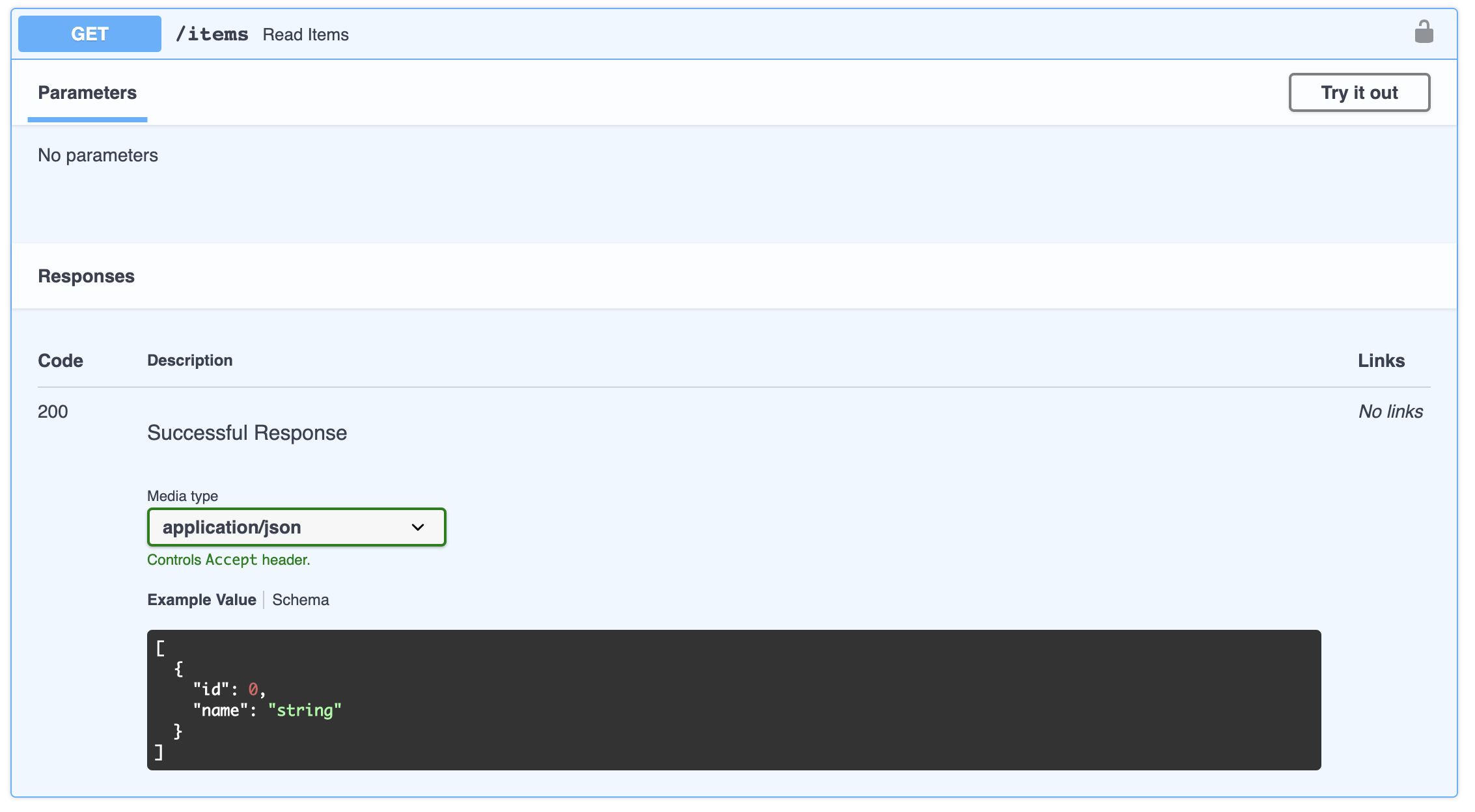
As Python grows in popularity, the variety of high-quality frameworks available to developers has blossomed. In addition to steadfast options like Django and Flask, there are many new options including FastAPI. First released in late 2018, FastAPI differentiates itself from other Python frameworks by offering a modern, fast, and succinct developer experience for building reliable REST APIs. While one of the newer open-source Python frameworks available, FastAPI has quickly gained a following with over 22,000...
A Quick Guide to React Login Options
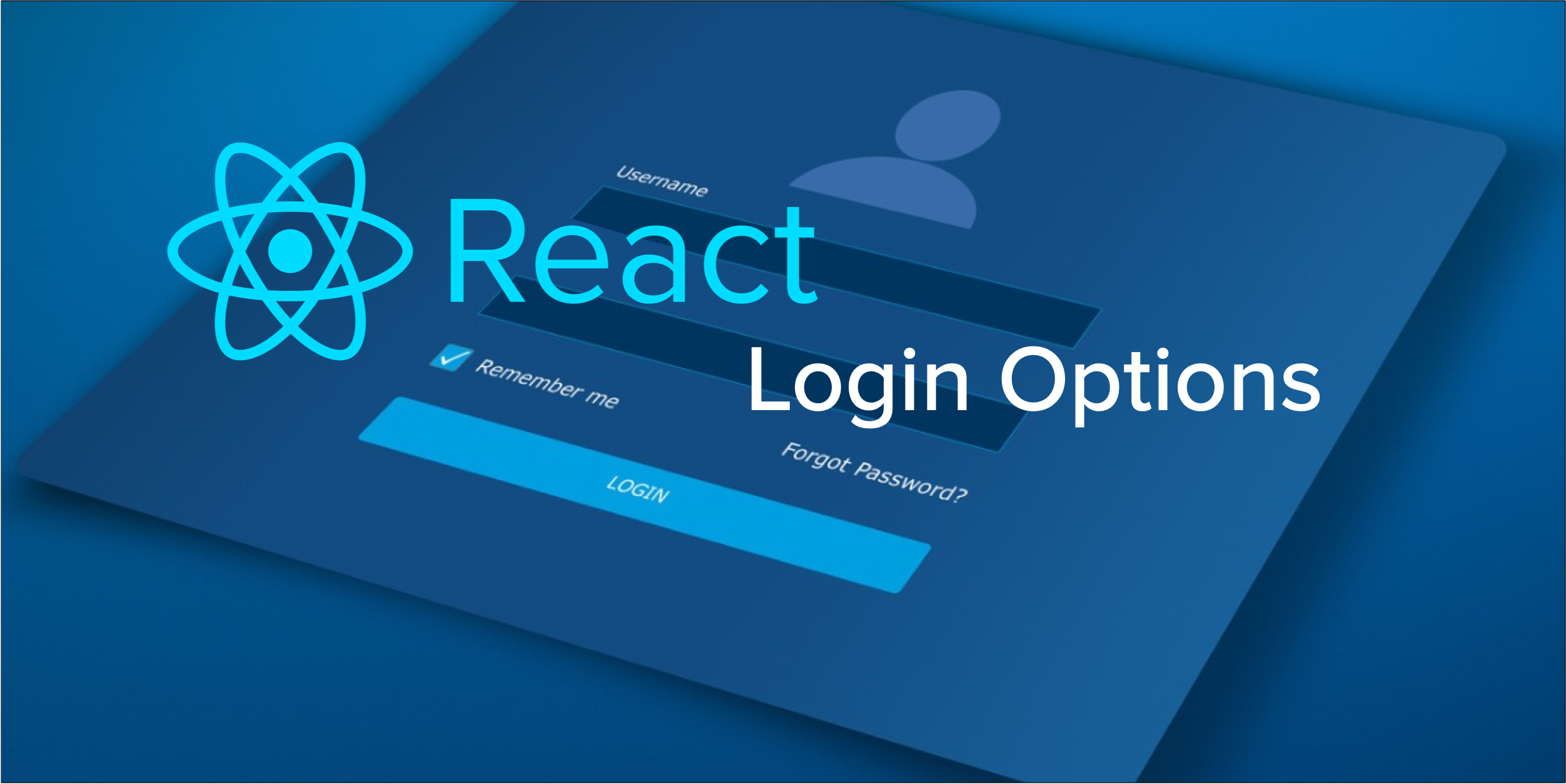
Almost any web app needs some sort of access control, usually implemented by user login. Choosing how user authentication is implemented depends on the type of application and its audience. In this post, I want to show you a few different ways of creating a login feature in a single-page React application using Okta. I will start with a login redirect. This is the easiest option to implement and is a good choice for some...
How to Support .NET Core SameSite + OAuth Apps on Linux

Google’s recent approach to SameSite cookie attributes caused a bit of confusion among developers. Especially in cases where handling redirects is necessary. After doing some research in the topic I’d like this article to be a guide on how to handle SameSite cookie attributes properly in production. This guide can serve as the basis for deploying an application to any Linux based environment—such as AWS Elastic Beanstalk, Google Cloud App Engine—or any VPS Linux deployment....
Scaling Secure Applications with Spring Session and Redis
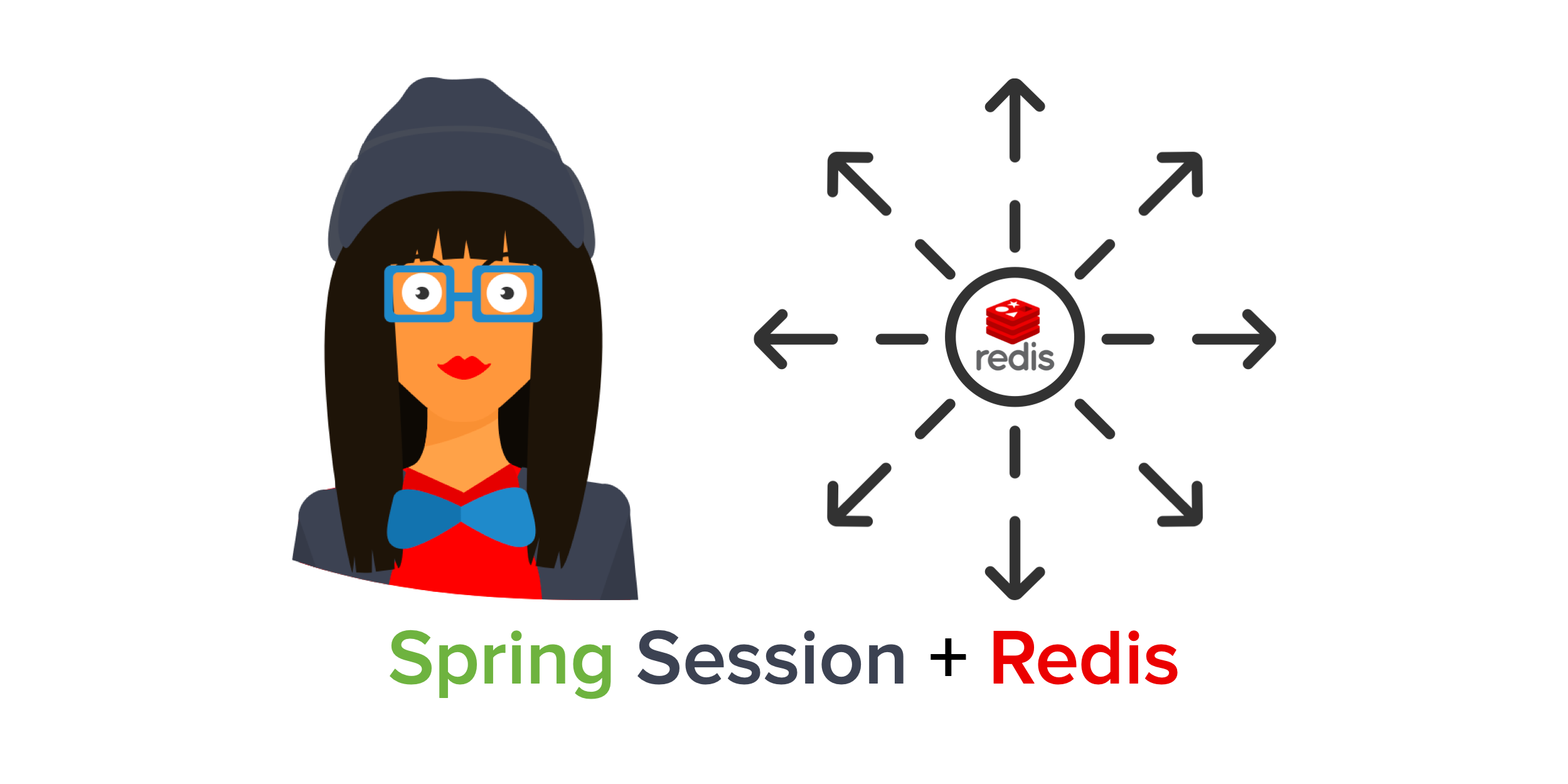
Spring Boot and Spring Security have delighted developers with their APIs for quite some time now. Spring Security has done an excellent job of implementing OAuth and OpenID Connect (OIDC) standards for the last few years. If you’re using Spring Security’s default authorization code flow with OIDC, it’ll establish a session on the server and serve up old fashion session cookies. If you want to scale your services, you’ll need to share session information. This...
Introducing the Okta CLI
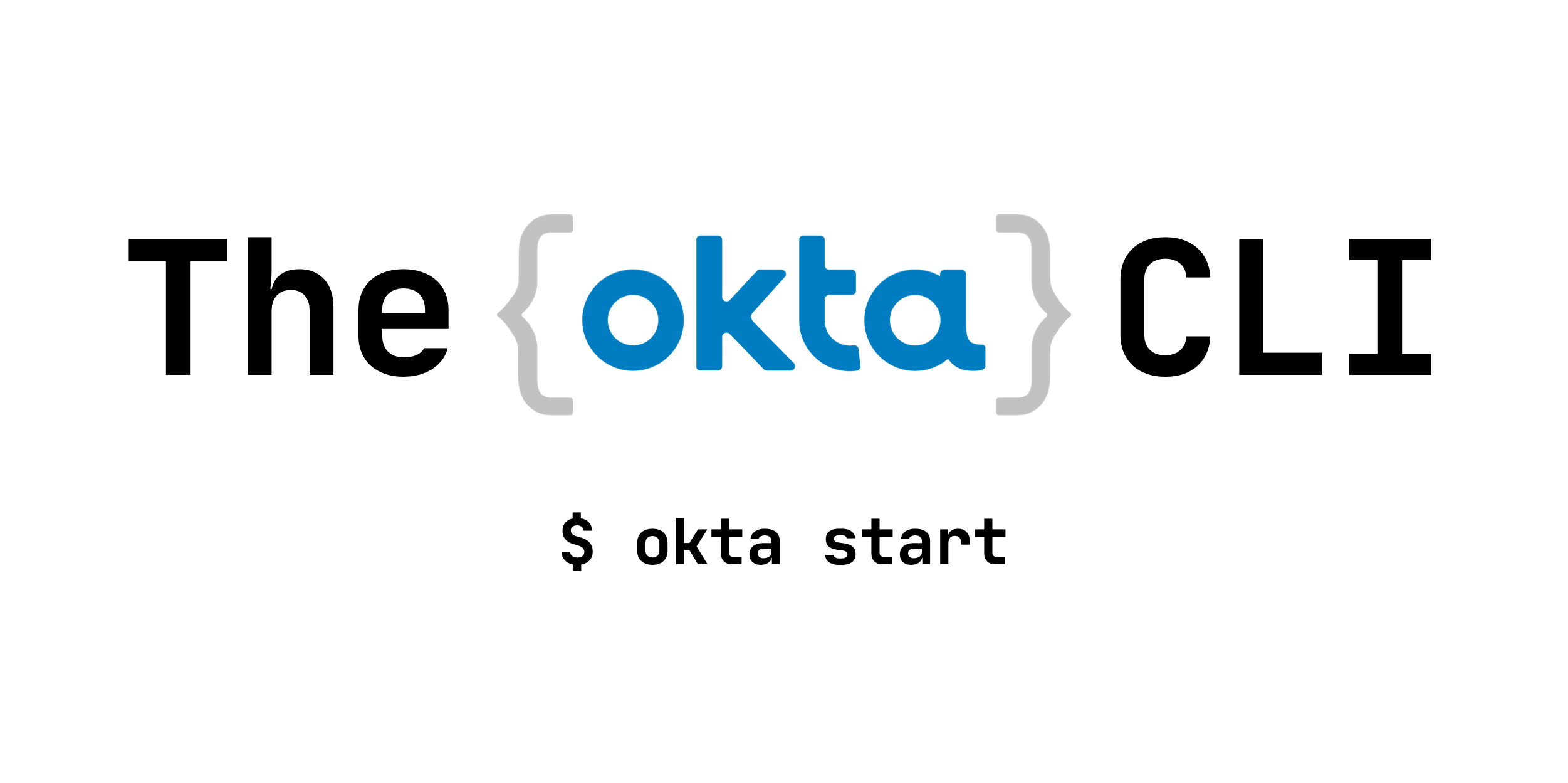
Okta is an Identity Management Platform that takes all the hassle out of authentication and authorization. It’s feature-packed with everything from workforce integrations for G-Suite to the latest version of OAuth 2.0 as-a-service for developers writing their own APIs. It can sometimes be a daunting task for developers to get started with Okta because of how feature-rich it is. Introducing the Okta CLI - made by developers for developers. Using the CLI tool, you can...
How to Deploy Your .NET Core App to Google Cloud, AWS or Azure

There has been a cut-throat competition between cloud hosts in the past few years - each attempting to earn the sympathy of developers and dev-ops by rolling out shiny new tools, plugins, and integrations. There are a gazillion how-to tutorials and guides in the community on using these tools. Sometimes when looking for a solution, it is hard to find the newest and simplest way. I never know if an article written last year is...
Spring Cloud Config for Shared Microservice Configuration
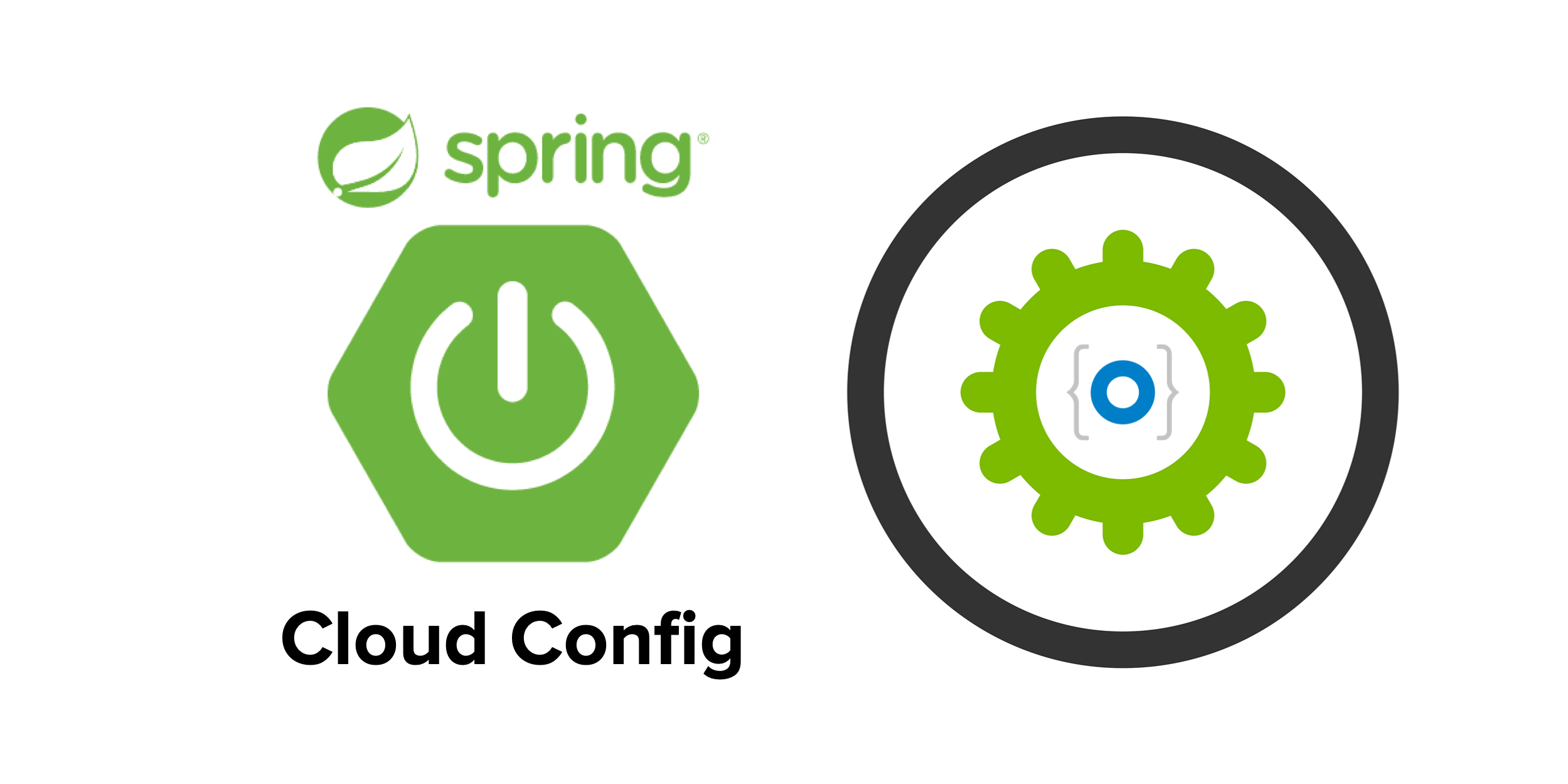
The microservice architecture pattern, in which business functionality is distributed among many small atomic applications as opposed to one or two monolithic chunks, is very powerful and in wide use across large and small tech companies. Each piece has a narrow, well-defined task and communicates with other services via a shared channel (usually REST APIs). The benefits of adopting a microservice architecture include: Easier maintenance and development of applications: developers and teams can focus on...